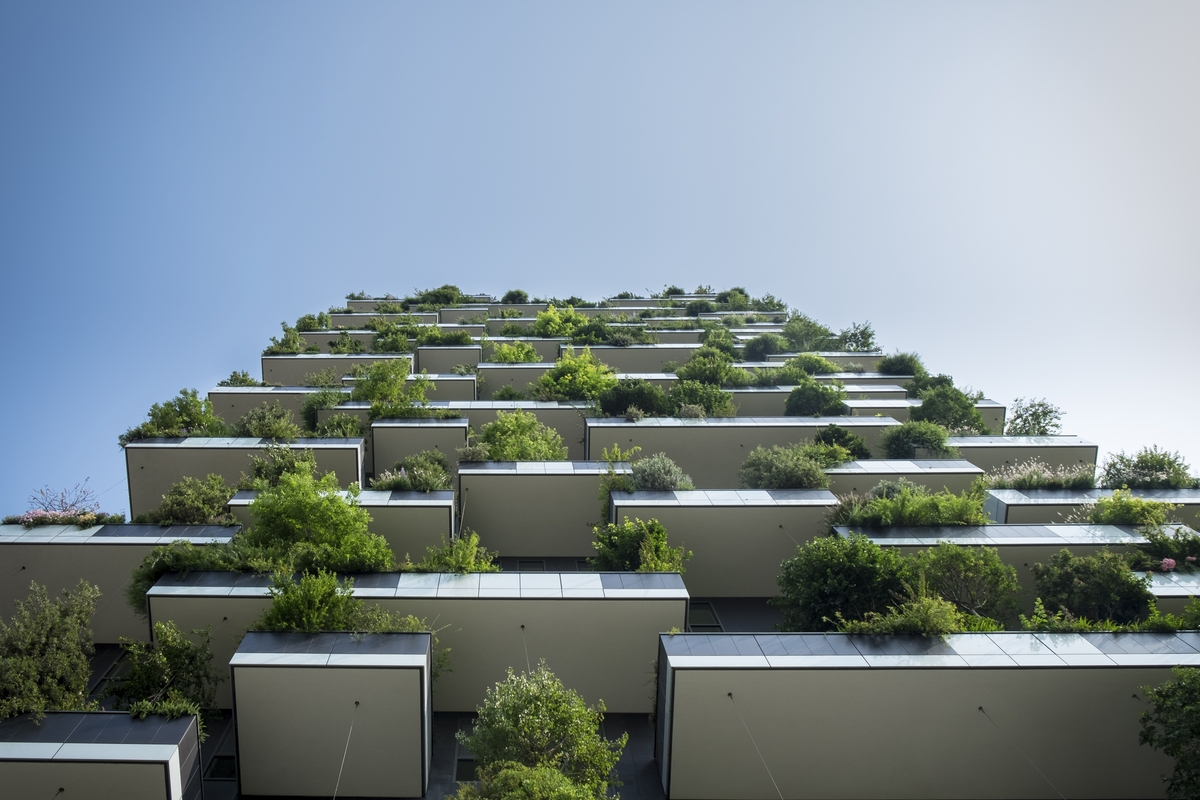
Green buildings are becoming increasingly popular as architects and designers strive to create sustainable structures that minimize the environmental impact of construction and operation. In this article, we will explore some of the cutting-edge designs for sustainable architecture.
Passive Design
Passive design is a design approach that takes advantage of natural sources of light, heat, and ventilation to reduce the energy needed to operate a building. Passive design strategies include features such as building orientation, shading devices, and natural ventilation systems. By using passive design strategies, buildings can be more comfortable and energy-efficient, with lower operational costs.
Green Roofs
Green roofs, also known as living roofs, are covered with vegetation that helps to reduce the heat island effect in urban areas, improve air quality, and reduce stormwater runoff. Green roofs can also provide insulation, reducing the energy needed to heat and cool a building. They are becoming increasingly popular in urban areas, where there is limited space for green spaces.
Net-Zero Energy Buildings
Net-zero energy buildings are buildings that produce as much energy as they consume. They typically incorporate renewable energy sources such as solar or wind power, as well as energy-efficient features such as high-performance insulation, energy-efficient lighting, and HVAC systems. Net-zero energy buildings are becoming increasingly common, particularly in commercial buildings.
Sustainable Materials
Sustainable materials, such as bamboo, cork, and recycled steel, are becoming increasingly popular in sustainable architecture. These materials are renewable, recyclable, and have a lower environmental impact than traditional building materials such as concrete and steel. By using sustainable materials, buildings can be constructed with a lower carbon footprint.
Smart Buildings
Smart buildings are buildings that use technology to optimize energy efficiency and improve occupant comfort. They incorporate features such as automated lighting and HVAC systems, occupancy sensors, and smart building management systems. By using data to optimize energy use, smart buildings can reduce their environmental impact while providing a more comfortable and productive environment for occupants.
Sustainable architecture is becoming increasingly important as we strive to reduce the environmental impact of construction and operation. Passive design, green roofs, net-zero energy buildings, sustainable materials, and smart buildings are just a few of the cutting-edge designs being used to create sustainable buildings. By incorporating these designs and technologies, we can create buildings that are more energy-efficient, comfortable, and environmentally friendly.
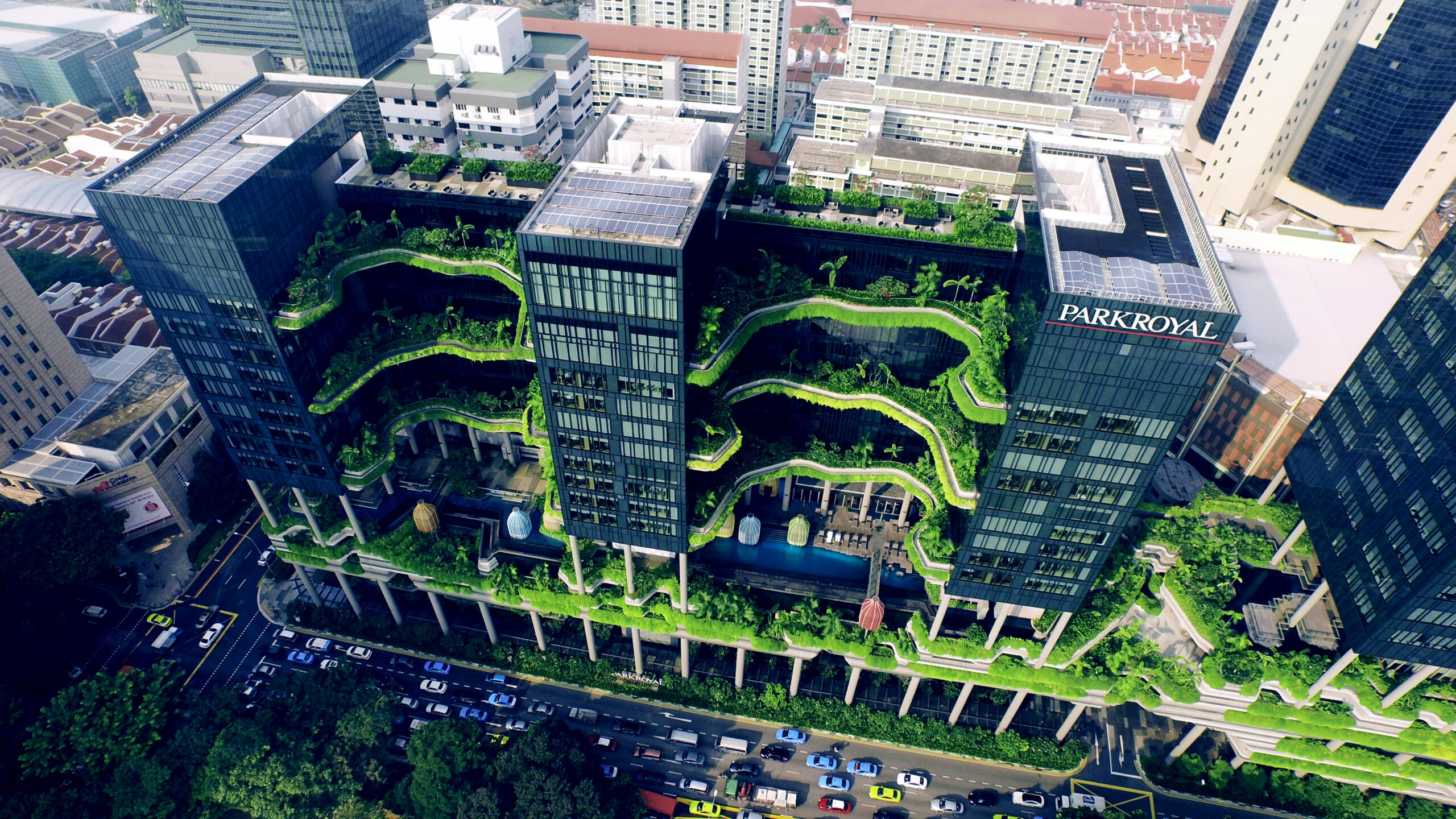
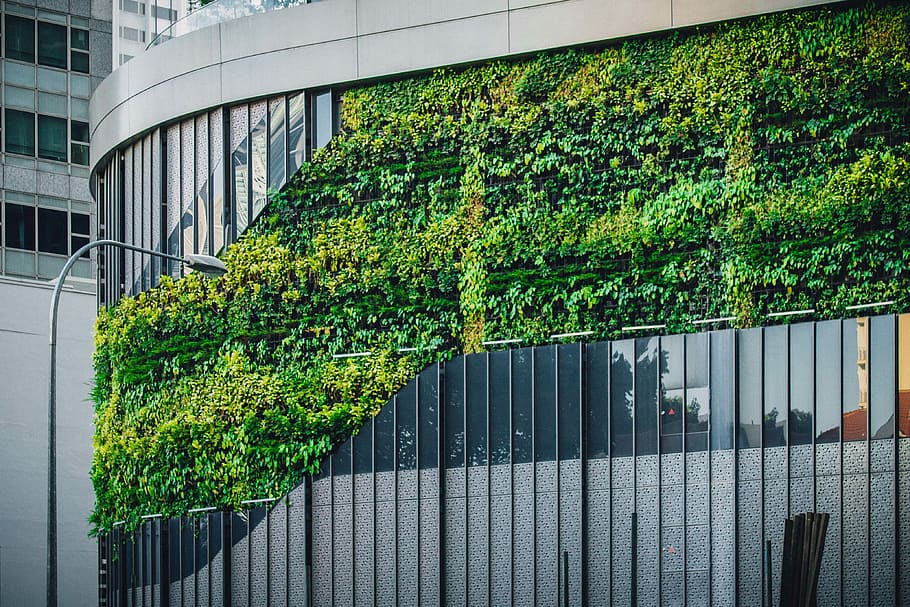
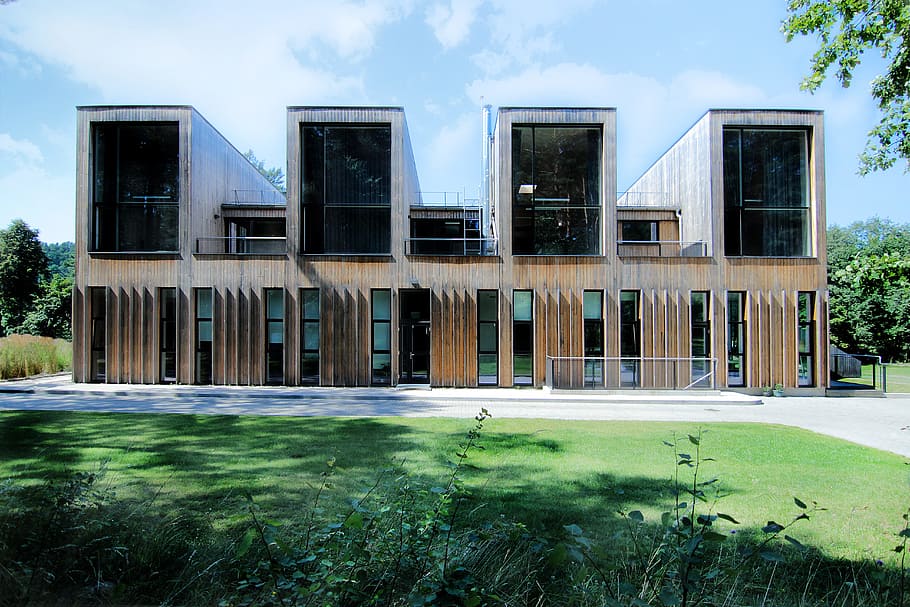
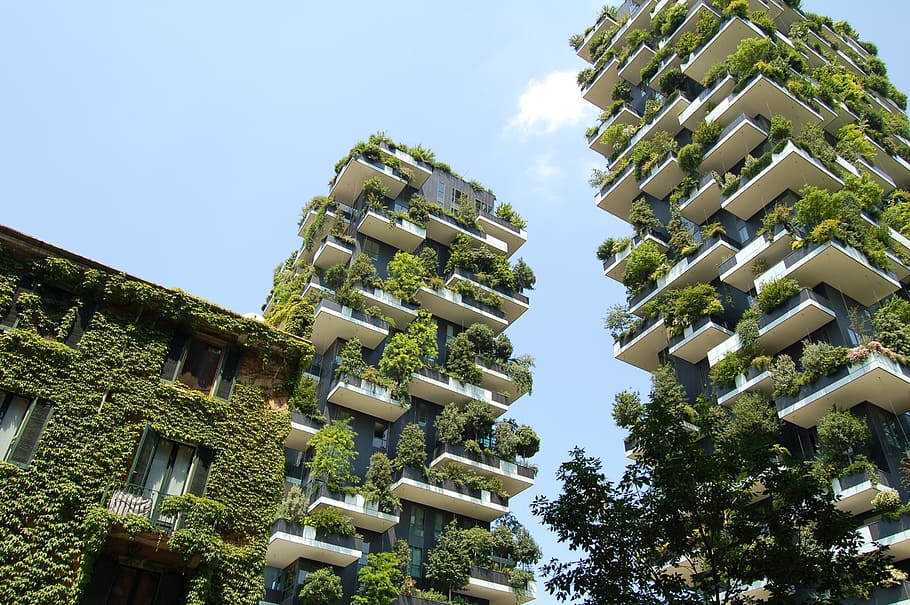

إرسال تعليق